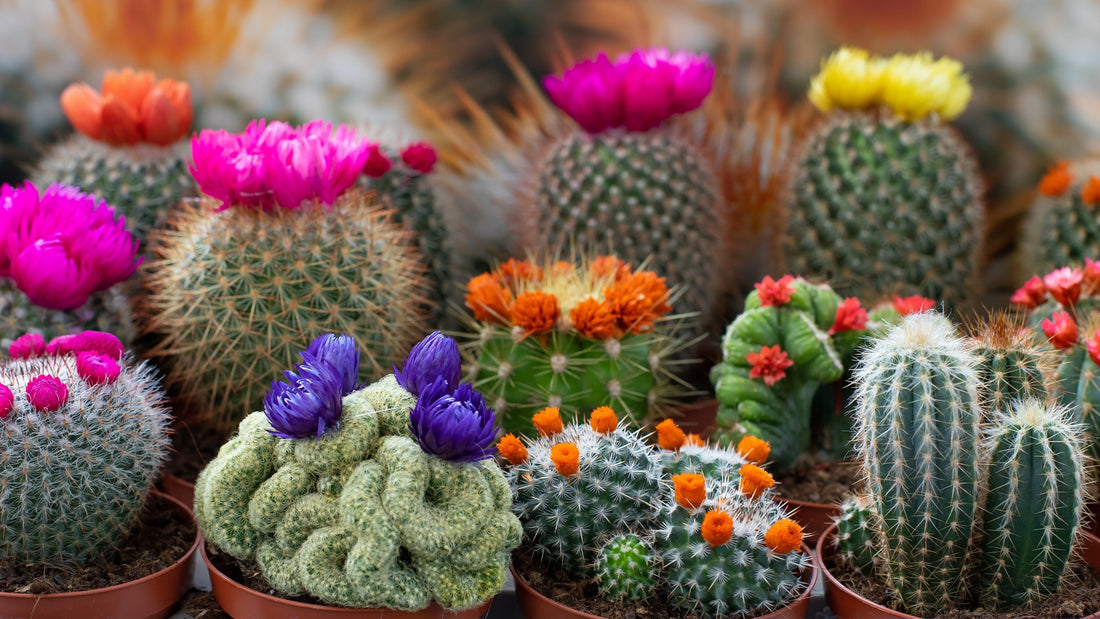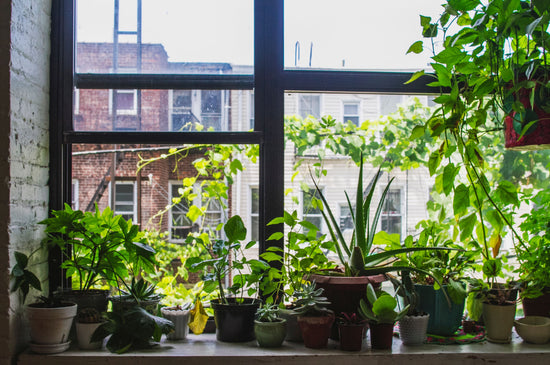How to Pot Up Cactus: A Step-by-Step Guide
Potting up a cactus can be an exciting and rewarding process. Whether you're dealing with small, decorative succulents or dramatic, drought-tolerant species, repotting helps your cactus thrive by providing it with the space and nutrients it needs to grow. With the right tools, techniques, and products, you can easily pot up a cactus while minimizing the risk of injury to you or your plant.
Why Pot Up Your Cactus?
- Encourages Growth: Over time, cacti can outgrow their pots, and repotting gives them room to expand.
- Refreshes Soil: Fresh soil provides essential nutrients and improves drainage for healthy root development.
- Prevents Root Rot: Repotting allows you to inspect roots and remove any that are damaged or rotting.
- Showcases Your Cactus: Pairing a cactus with the perfect pot enhances its aesthetic appeal.
Step-by-Step Guide to Potting Up Cactus
-
Choose the Right Pot
- Select a pot that is slightly larger than the cactus’s current container. Make sure it has drainage holes to prevent waterlogging.
- For trailing varieties like the Burro's Tail, consider a hanging basket for a stunning display.
-
Use the Right Soil
- Cacti need a well-draining potting mix. You can use a commercial cactus mix or make your own by combining regular potting soil with sand and perlite.
-
Prepare the Cactus
- Wear thick gloves or use tongs to handle spiny cacti. For softer varieties like the Christmas Cactus, careful handling without gloves is fine.
- Water the cactus a day before repotting to make removal easier and reduce stress.
-
Remove the Cactus from Its Current Pot
- Gently loosen the soil around the roots and lift the cactus out. Be cautious to avoid damaging the roots. For large specimens like the Pencil Cactus, consider tipping the pot on its side for easier removal.
-
Inspect and Trim the Roots
- Check the roots for rot or overcrowding. Trim away any damaged roots with clean scissors.
-
Place in the New Pot
- Add a layer of fresh soil to the bottom of the new pot. Position the cactus in the center and fill around the roots with soil, leaving space at the top for watering.
- For unique species like the Desert Rose, ensure the base of the caudex (swollen trunk) is slightly above the soil line to prevent rot.
-
Water Sparingly
- After potting, wait 3–5 days before watering to allow the roots to adjust and heal. Gradually return to your regular watering schedule.
-
Position Properly
- Place the potted cactus in a location with bright, indirect light. For varieties like the Lifesaver Cactus, ensure it receives sufficient light to maintain its stunning striped blooms.
Best Cactus Varieties for Every Space
- Lifesaver Cactus: A rare and striking succulent with unique star-shaped flowers. Perfect for small pots or shelves.
- Christmas Cactus: A tropical cactus known for its vibrant blooms around the holiday season.
- Pencil Cactus: A dramatic, low-maintenance plant ideal for larger spaces.
- Desert Rose: A show-stopping succulent with vibrant flowers and a striking caudex.
- Dragon Fruit Plant: An edible cactus that doubles as an attractive houseplant. Perfect for those looking to grow fruit indoors or outdoors.
- Burro's Tail: A trailing succulent perfect for hanging baskets and easy to care for.
FAQs About Potting Up Cactus
Q: How often should I repot my cactus?
A: Most cacti need repotting every 2–3 years. For fast-growing varieties, like the Dragon Fruit Plant, annual repotting may be beneficial.
Q: What size pot should I use for my cactus?
A: Choose a pot that is 1–2 inches wider in diameter than the current pot. Avoid oversized pots to prevent overwatering.
Q: Can I repot cactus in the winter?
A: It’s best to repot during the growing season (spring or early summer) when the cactus is actively growing.
Q: Should I water my cactus after repotting?
A: Wait 3–5 days before watering to allow the roots to heal and adjust to the new soil.
With the right approach and tools, potting up cacti can be a simple and rewarding process. Choose from our curated selection of cacti and succulents to add unique, low-maintenance beauty to your home or garden.





